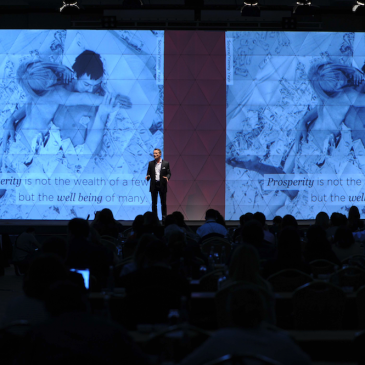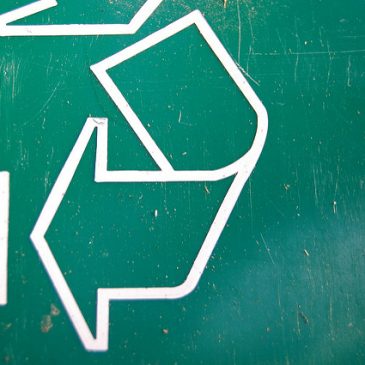Blog
How Simon Mainwaring Unlocked Incredible Value By Defining His Personal and Company Purpose
“The most important rule for an individual in this fight is to figure out how not to remain an individual, how to join a movement big enough to change the politics.”
On this forty-sixth Earth Day, there’s much to be excited about—the signing of the Paris Accord, increasing consumer adoption of hybrid and electric vehicles (it’s not an uncommon site here in Venice to see a line of five or more Prii waiting patiently at a stoplight), and some of the world’s biggest consumer brands implementing specific, structural changes to make their organizations more sustainable, among other advancements.
But there’s also a lot to be concerned about, as well. In an American society currently afflicted by bitter partisanship, and the politicization of nearly every aspect of life, the mere act of acknowledging something like Earth Day can mark you as “the other.” An unfortunate side effect of this is that meaningful grassroots efforts, like the kind that took place during the first Earth Day in 1970 and led to such landmark pieces of legislation as the Clean Air Act, the Clean Water Act and the founding of the Environmental Protection Agency, are simply not happening or only attracting a very specific group of people.
What made those initial grassroots efforts successful was that they attracted a diverse group of people—everyone from red-blooded hunters, to suburban moms, to hippies—at the local level who were concerned with local issues, such as dirty rivers, and would then exert pressure on local and congressional lawmakers, which caused a real movement to take shape and the national government to take notice. As time has passed, large-scale environmental efforts have shifted to a bureaucratic, top-down model with various organizations attempting to affect change as policy-shaping insiders that push out a message to an audience they hope is listening. The results of this strategy have been limited at best, with no real meaningful environmental legislation passed since 1990, and a potentially milestone piece of anti-carbon legislation left to die in Congress earlier this decade.
But the possibility for a new grass-roots environmental effort is taking shape, and it starts with consumers’ wallets. And while it may seem anathema to some to spend our way into an effective environmental movement, it may be the most potent option we have at this point. If there’s one thing business, and the governments they influence respond to, it’s money. And if there’s one thing American voters are currently concerned about more than anything, it’s their own personal economics with the environment ranking far, far down the list.
It starts with the new era of corporate transparency being ushered in by the lightning quick consumer awareness and activism of social media. This has caused huge corporations to rethink their business, and to their credit, many have responded by introducing products, services, and initiatives that reflect consumer desire for more socially-beneficial and socially-conscious options. A happy output of this is that consumers are more empowered than ever to vote with their dollars and choose those things that reflect their values and concerns, such as running shoes made from recaptured and recycled ocean plastic. A positive feedback loop begins to form as money flows to these areas and they become not only viable, but also profitable to businesses, further increasing consumer choice while also making those options more affordable. Soon the social benefit greatly outweighs whatever minor price difference there may be – if there even is one, and we have a groundswell of economic consumer activism benefiting the environment. And like those diverse activists over four decades ago, this effort also happens at the local level as a mix of consumers make countless purchasing choices right where they live.
Coincidentally enough, the event that launched Earth Day as we currently know it was inspired by practical, economic motives. Concerned about decreased tourism and revenue from outdoor recreation negatively impacted by various forms of industrial pollution, Wisconsin Senator Gaylord Nelson organized a series of local, grassroots efforts that quickly caught on countrywide and created real legislative change.
To be sure, it will take the combined efforts of every stakeholder, bureaucratic and otherwise, working together to create a healthier, cleaner and more sustainable future, not just people buying shoes, laundry detergent, beds and even cars. It will take structural change to our economic system, so who better to get that started than the people who keep it running?
As we like to say around here at We First, the future of profit is purpose, and the more consumers that align purpose with their pocketbooks, the better.
Image via Flickr courtesy of NASA Goddard Space Flight Center at https://flic.kr/p/awVaEv

How Simon Mainwaring Unlocked Incredible Value By Defining His Personal and Company Purpose

Purpose At Work: How Square Roots Is Growing A Sustainable Food Movement

How Leading Brands Respond to New Market Drivers

